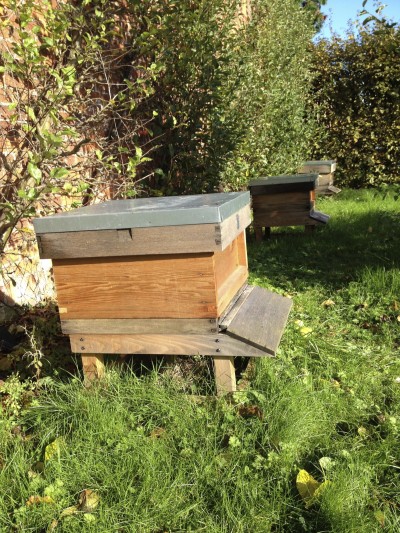






Keeping bees in the backyard is a natural extension of gardening to many outdoor enthusiasts. Having bee hives in your own garden means ready pollination for your flowers and plants, and in time, a generous personal honey supply. Read on to learn about backyard beekeeping basics.
It doesn’t take much time or money to begin keeping backyard beehives. Oftentimes, you can purchase a new hive complete with bees for less than $200. You may be able to recoup that amount the following year if you harvest and sell your honey.
You’ll need three kinds of bees for backyard beehives:
The bees work as a unit to care for the colony.
In addition to backyard hives, you’ll need to acquire equipment to protect you from bee stings, like a smoker, a beekeeper veil and bee-safe gloves. Beekeeping supply stores may offer these in the package.
Before you invite bees to share your backyard, check on state and local regulations. You may find you need to obtain licenses or register your backyard hives.
It’s also a good idea for city dwellers to talk to neighbors to be sure nobody close at hand is allergic to bee stings. Unless you have a very big backyard, your bees are likely to forage in neighbors’ flowers as well as yours to produce honey.
Those who like to garden, help nature and work outdoors will likely love the craft of beekeeping. Having honeybees on your property is the best way to ensure that your flowers and fruit trees are fertilized.
Assuming you try your hand at backyard honey beekeeping, you should also end up with plenty of home-produced honey to use or to sell. Beeswax is another byproduct of backyard beehives.
To learn how to get the most benefits of backyard beekeeping, take a class at your local junior college or community center. You’ll pick up the best urban beekeeping tips from the locals.
Copyright © www.100flowers.win Botanic Garden All Rights Reserved